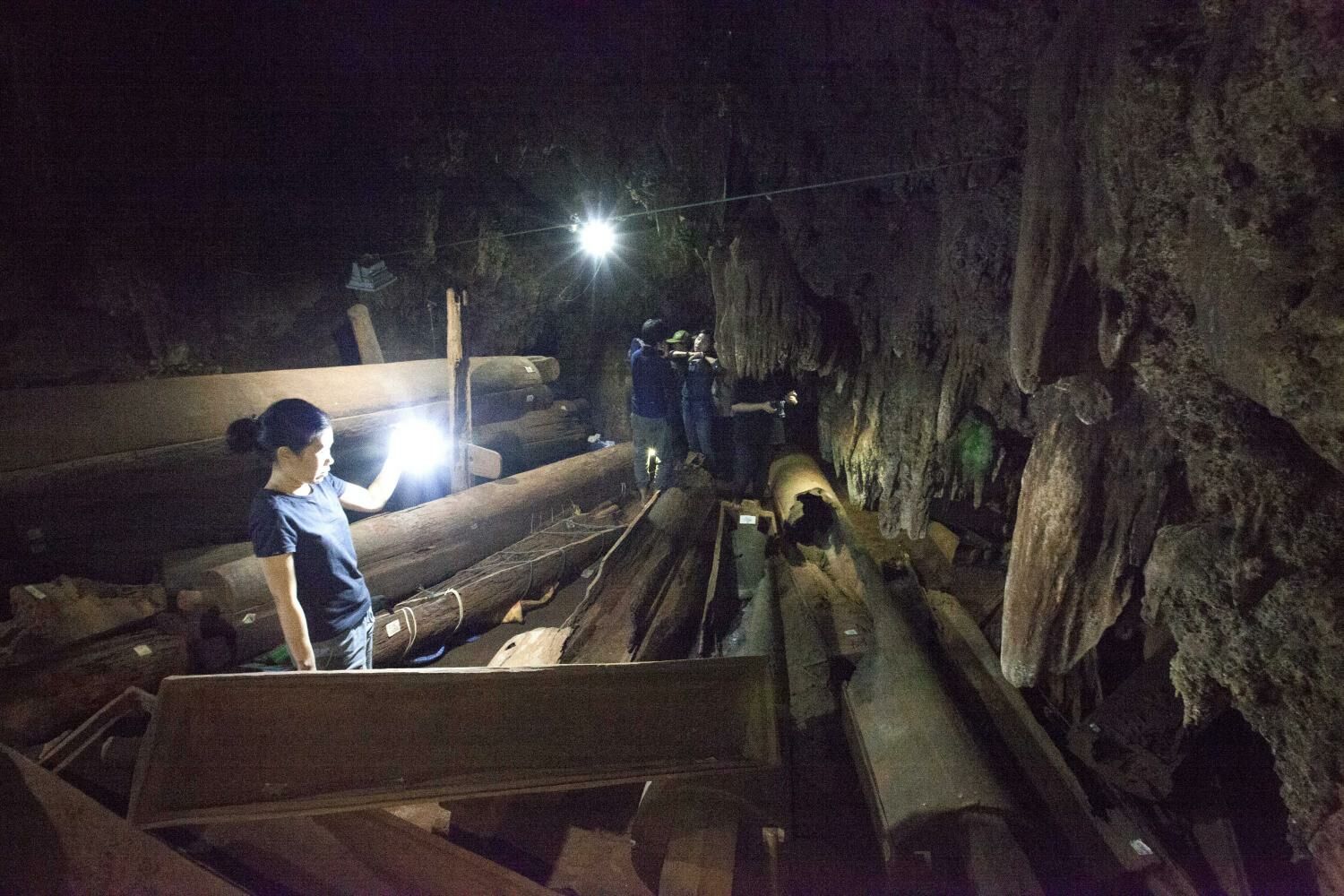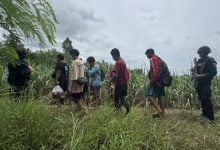Genetic link discovered between prehistoric Thai communities and modern ethnic groups

Ancient human bones and teeth excavated from Iron Age Log Coffin sites in Thailand’s Mae Hong Son province have revealed a genetic link between prehistoric communities and modern ethnic groups in the region.
The discovery follows a study led by Rasmi Shoocongdej, a lecturer at Silpakorn University’s Faculty of Archaeology, who has been exploring a prehistoric cave community in Mae Hong Son since 1998.
Pang Mapha’s highlands, where the study took place, served as an ancient burial site. Here, the Log Coffin culture thrived, with large teak coffins dating back 1,000 to 2,300 years found across approximately 40 caves and rock shelters in the province, said Rasmi.
“This research broadens our understanding of the cultural evolution of Log Coffin-associated sites. It uncovers the genetic ancestry profiles and interconnectedness of individuals from five Log Coffin culture sites.”
In collaboration with Germany’s Max Planck Institute for Evolutionary Anthropology, Rasmi’s team studied DNA extracted from 33 pieces of bones and teeth from these sites. The findings, published in Nature Communication in December, unveiled new connections between individuals from the five sites and offered insights into human migration routes in prehistoric times, reported Bangkok Post.
Interestingly, the ancient humans of Pang Mapha shared a close DNA pattern with Neolithic individuals residing in China’s Yangtze and Yellow River Valleys. This suggests that they migrated from China to the western part of the Salween River, Rasmi said.
“The exploration of the social structure of these prehistoric communities and explaining their connections with other pre-Neolithic and post-Neolithic groups in this region is our mission.”
Genetic link
Wibhu Kutanan, a scientist at Naresuan University, noted that analysing the DNA of ancient humans is a challenging task due to the deterioration of bones and other genetic materials over time. However, they were fortunate to find 33 perfect pieces from among 66 samples sent to a lab in Germany. These samples enabled them to conduct identical-by-descent block analysis, tracing complex biological patterns in the region, Wibhu said.
“We have found family relations, including twins, half-siblings, grandfathers, and grandchildren. The ancient Pang Mapha humans shared similar DNA patterns to Lava, Mon, and Padong Karen ethnic groups.”
The findings are significant since log coffins were also used by prehistoric peoples in Southeast Asia. The project could provide invaluable insights into cultural dynamics and population interactions in the region and beyond.
Rasmi’s team plans to extend their research to archaeological sites in the Central Plains provinces of Lop Buri and Suphan Buri, believed to have been home to major prehistoric communities. Their goal is to uncover the missing piece of a jigsaw puzzle that could reshape the understanding of ancient Thai culture from the Dvaravati era (6th–11th century) to the present Rattanakosin period.
Latest Thailand News
Follow The Thaiger on Google News:


























